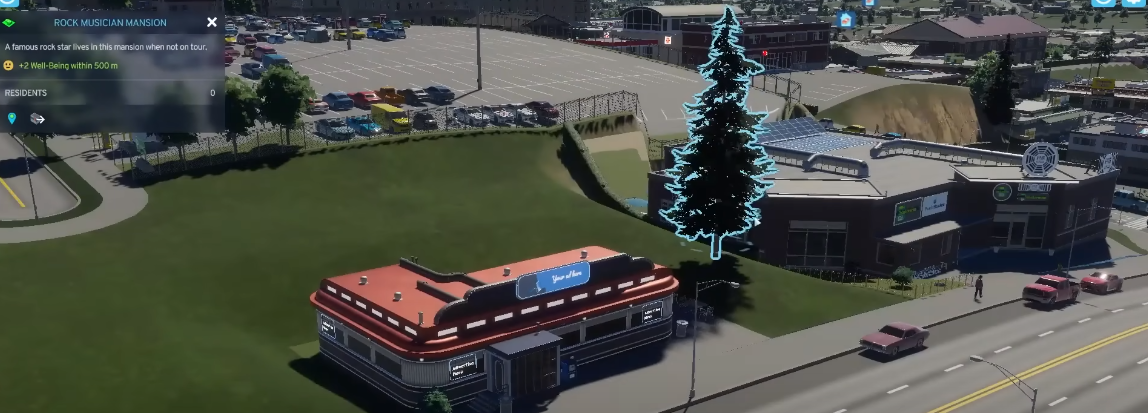Cities Skylines 2 is one of the most realistic city-building simulation games and is best for urban developers.
One of the most common challenges players encounter in the game is unoccupied buildings.
Continue reading to find out more about the Unoccupied Buildings.
Table of Contents Show
What Is Unoccupied Buildings?
While playing Cities Skylines 2, players should find the unoccupied buildings in their city and demolish them.
Despite any reasons, those structures that are vacant and are not being fully utilized are labeled as unoccupied buildings.
Moreover, players can find unoccupied buildings in all three types of zones: residential, commercial, and industrial.

Many establishments might become unoccupied buildings due to economic downturns, population fluctuations, or zoning errors.
Besides that, having multiple unoccupied buildings in your metropolitan affects your overall city’s functionality and growth.
Furthermore, unoccupied buildings are also denoted by the negative values in the demand section of the game.
Unoccupied Buildings In Residental Property
In residential zones, unoccupied buildings are empty household slots that can be found within a building.
One of the primary reasons for residents to move out is because they cannot afford their rent.

Besides that, many residents leave the household because their personal needs are unmet or for other personal reasons.
Initially, players might not immediately notice the single unoccupied building, but when it accumulates, it will be of significant concern.
Moreover, having multiple unoccupied residential buildings will harm the overall prosperity and growth of your city.
Unoccupied Buildings in Commercial And Industrial Zones
In Commercial and Industrial zones, unoccupied buildings represent an industrial space that is vacant and unused.
Besides that, those commercial and industrial buildings that do not generate revenue or products are also known as unoccupied buildings.

For example, it can be an empty office building without tenants for not providing revenue to the city.
Moreover, it can also be the factory or any type of industry that no longer produces anything and has ceased its operations.
Players must identify these unoccupied structures to maintain a robust economy and efficient resource utilization.
How To Manage The Unoccupied Buildings?
If players do not locate the unoccupied building within the time frame, it can lead to a decline in demand for specific zones.
After the demand for the specific zones declines, the metropolitan overall growth stalls and the economy of the city declines.
Therefore, it is required to address the unoccupied buildings in your city to thrive in all aspects.
Tips To Manage Unoccupied Buildings
There are many tips and tricks to manage unoccupied buildings in the game. Some of which are listed below:
- Avoid Overzoning: Players should not directly overzone the significant areas in prediction but start small and gradually expand their zones.
- Demolish Empty Buildings: Players have to demolish any unoccupied buildings that come into their sight.
- Upgrade Lower Density Buildings: While upgrading the density zones, consider zoning over existing lower-density buildings.
- Monitor Economic Conditions: You should keep a close eye on your city’s economy and implement good policies for residents.
- Provide Adequate Service: Ensure your city has all the essential services like healthcare, education and public safety.
- Use Filters: Players can use filters to identify and address the unoccupied buildings.
- Proper Planning for Infrastructure: Players must adequately plan their city’s infrastructure, such as roads and public transportation.
- Have Patience: If you are lucky, sometimes unoccupied buildings may resolve themselves over time, so be patient.
The Bottom Line
In Cities Skylines 2, every player must face the issue of unoccupied buildings while building their dream city.
Players will understand the cause and effect of unoccupied buildings by regularly inspecting your city.
In summary, players should take proactive steps to manage unoccupied buildings to build a thriving metropolitan.


